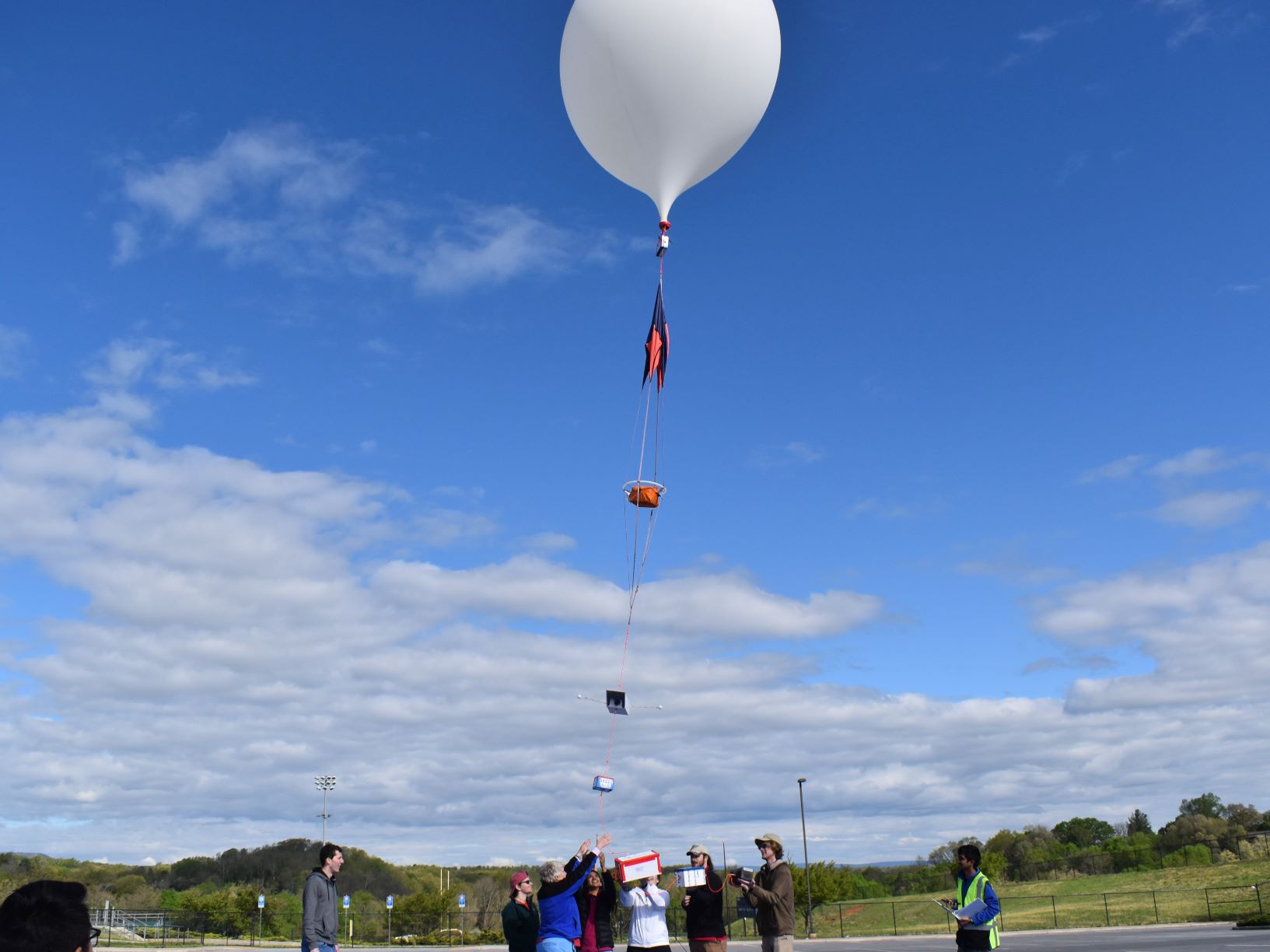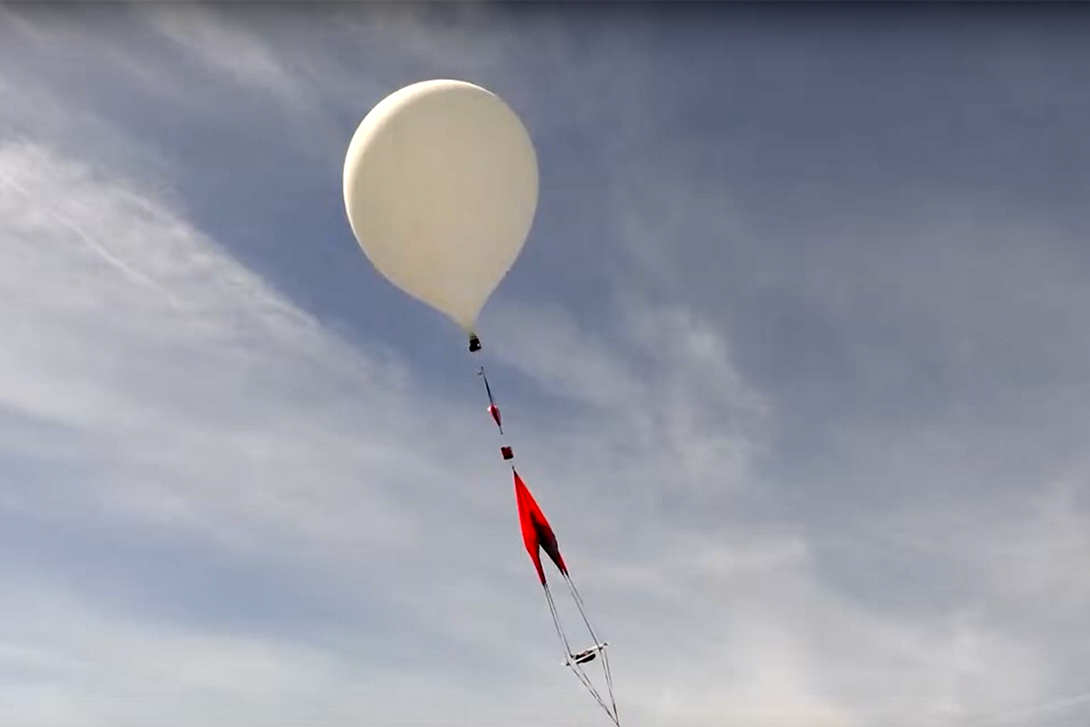News Story
Students to Attempt Precision Balloon Launches During Eclipses

The University of Maryland’s (UMD) Balloon Payload Program (BPP), known as Maryland Nearspace, has conducted more than 120 high-altitude balloon launches since its inception in 2003.
Launching a high-altitude balloon is no easy task. Predictions of the flight path must be made in advance, taking into account wind direction and speed. A suitable launch site must be chosen. The weight of the payload must be measured and the necessary amount of lift calculated, along with flight duration, ascent rate, and target altitude. The balloon must be inflated with the correct amount of helium in order to achieve the desired lift.
Imagine doing all this for a launch that has to take place during a specific time window lasting only a few minutes, with practically no room for error. That’s the challenge being taken on by the University of Maryland’s Nearspace team, together with other teams involved in NASA’s National Eclipse Ballooning Project (NEBP). The UMD team is leading a regional “pod”—or group of teams—that includes schools from Alabama, Florida, Georgia, Pennsylvania, Virginia, and West Virginia.
The goal: successfully launch high-altitude balloons that can gather valuable data during a pair of eclipses happening in the next eight months, including an annular eclipse in October 2023 and a total solar eclipse in April 2024.
Nationwide, there are 53 teams from 75 institutions, totalling more than 700 student participants, who will fan out across the U.S. to conduct balloon launches during each of the eclipses, enabling a much larger and richer array of information to be obtained than would be the case with a single launch from one location.
As Maryland Nearspace Director Mary Bowden explains, “you can only do so much with data from a single flight. What we’re going to get is a distributed set of data from along the entire path of totality.” Atmospheric scientists will then be able–among other applications–to use this information to calibrate weather models, leading to improved predictions.
Support UMD students as they prepare for this once-in-two-decades scientific and educational opportunity! Donate today at go.umd.edu/supportBPP!
Considering that solar eclipses aren’t a frequent occurrence, it’s an opportunity not to be missed. In fact, notes Bowden, another total solar eclipse won’t be visible from the contiguous United States until August 2044.
For the annular eclipse on October 14, 2023, the UMD team plans to launch balloons from a site near San Antonio, Texas. Six months later, the team will be on the road again, traveling to Fort Wayne, Indiana, for the total solar eclipse on April 8, 2024. The payloads launched on these flights will include video cameras capable of streaming images back to Earth in near-real-time, as well as atmospheric sensing payloads, precision GPS, and experiments devised by students at UMD’s A. James Clark School of Engineering.
The educational value of the experience is as important as its scientific aspect, said Bowden, noting that the student teams will be gaining hands-on experience in a microcosm of what an actual NASA launch looks like. Maryland Nearspace has become very proficient at all aspects of high altitude ballooning, including launch, tracking, and recovery operations, during the 20 years and over 120 flights of the program so far. The eclipses, with their tight time window and deadlines imposed by the cosmos, present a uniquely challenging test of their expertise.
“Many of our aerospace students are intensely interested in the space side of the field, so we’re giving them an opportunity to go through an experience that's very similar to building flight hardware and launching it into space. It's motivational, it's educational, and it's really just fun!”
Support UMD students as they prepare for this once-in-two-decades scientific and educational opportunity! Donate today at go.umd.edu/supportBPP!
Published September 6, 2023










